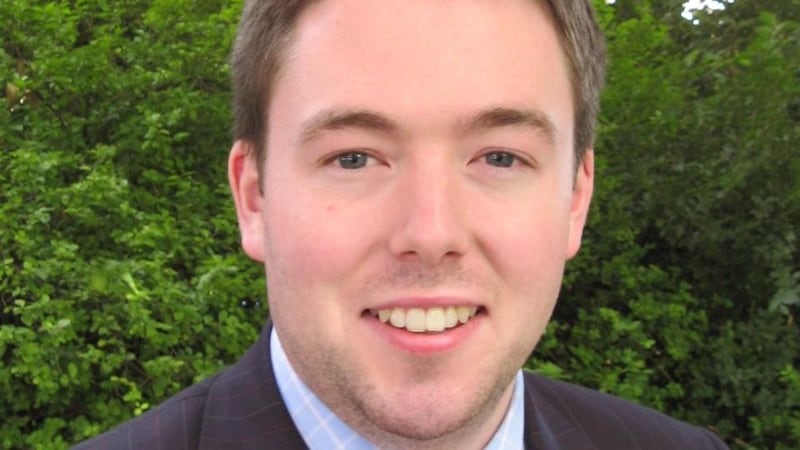The Republic needs to be delivering as many as 62,000 new homes a year, close to double the Government’s target, according to Trinity College Dublin associate professor in economics Ronan Lyons.
Mr Lyons put the range at 48,000 to 62,000, arguing at an event on housing supply in the offices of Hibernia Real Estate Group on Thursday that Irish officials have consistently underestimated population growth and the natural pace at which households are falling in size.
The economist highlighted that figures underpinning the Government’s Housing Need and Demand Assessment (HNDA) tool point to the population of the State growing to about 5.7 million and average household sizes remaining at a 2016 level of 2.8 individuals.
The Republic’s population breached five million this year for the first time since 1941, according to the most recent census. Mr Lyons estimates the current Irish natural household size – excluding adults forced to remain in their parental home due to the ongoing housing crisis – is about 2.4 individuals, and falling.
RM Block
The Government’s Housing for All plan estimated that an average of 33,000 homes will need to be built between 2021 to 2030, with more than half of the total made up of social, affordable and so-called cost-rental homes.

The Government currently estimates that its target of 24,600 completions this year is likely to be beaten. However, a significant fall in commencements over the course of 2022 may result in fewer than 20,000 completions in 2023, according to Mr Lyons.
He says that while the Government has focused its efforts on social and owner-occupied housing, the development of rental properties is down the agenda. There are fewer than 540 homes for rent in Dublin, according to Daft.
A Banking and Payments Federation Ireland (BPFI) report published this week pointed to the disparity between rent and mortgage repayments, which shows little sign of abating. First-time buyers pay an average of about €1,000 per month in repayments, compared with an average €1,400 monthly bill for renters, it said.
While house prices have increased only slightly ahead of the EU average in recent years, typical rents in the Republic have jumped 82 per cent since 2010, according to EU data. That compares with about 18 per cent across the bloc.





















